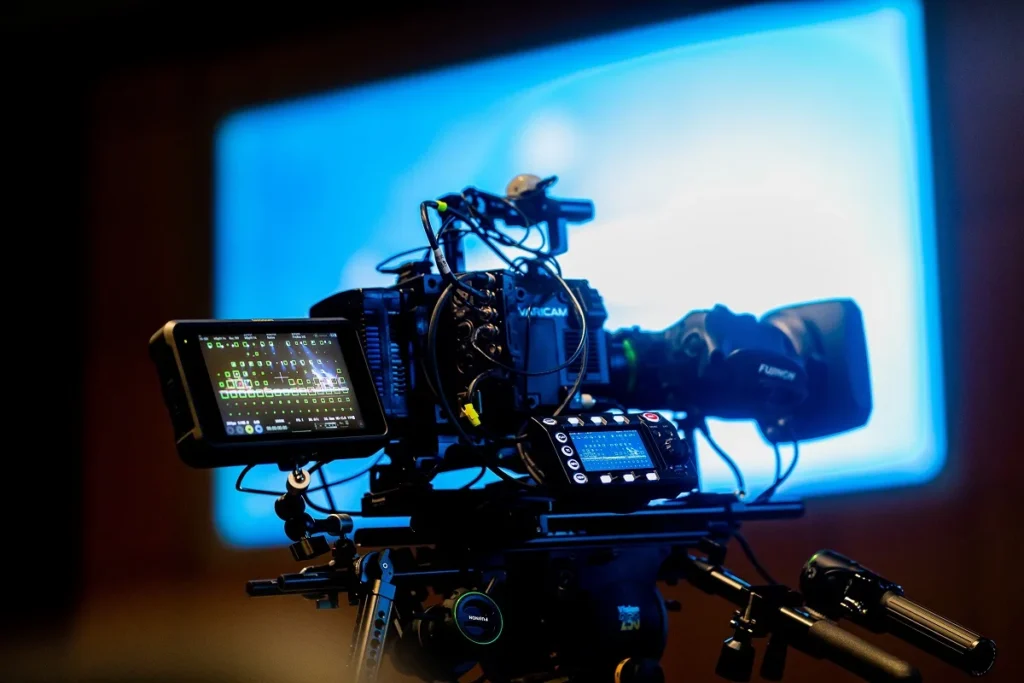Unveiling the Magical Cinematography Techniques of The Wizard of Oz
Since its release in 1939, “The Wizard of Oz” has been captivating audiences with its enthralling narrative, unforgettable characters, and vibrant visuals. A cornerstone of its success lies in its innovative and evocative cinematography. The groundbreaking techniques used in the film pushed the boundaries of filmmaking at the time and have since become benchmarks for cinematic innovation. This article will delve into the magic behind the lens that brought the enchanting Land of Oz to life.
Innovative Use of Technicolor
“The Wizard of Oz” is renowned for its innovative use of Technicolor, a color motion picture process that was revolutionary in the 1930s. The transition from sepia-tone Kansas to the dazzlingly colorful Land of Oz is arguably one of the most iconic moments in film history. The switch to color is not just a technical accomplishment, but a narrative device that underscores Dorothy’s journey from the ordinary into the extraordinary. This creative use of color to enhance storytelling was groundbreaking at the time and continues to inspire filmmakers.
Cinematic Composition and Framing
The film is celebrated for its dynamic cinematic compositions and framing, which served to enhance the narrative and emphasize the fantastical elements of the story. Whether it was the extreme long shots of the Yellow Brick Road stretching to the Emerald City or the close-ups of Dorothy’s ruby slippers, the film’s cinematography beautifully captured the imagination and wonder of L. Frank Baum’s original book.
Innovative Special Effects
“The Wizard of Oz” was one of the earliest films to extensively use special effects to create a fantastical world. From the tornado that transports Dorothy to Oz, to the flying monkeys and the Wizard’s intimidating apparition, these sequences showcased technical prowess and creativity. The film’s special effects team used miniatures, rear projection, and matte paintings among other techniques to bring these sequences to life. Despite the limitations of the era, the film’s special effects remain effective and iconic.
Lighting Techniques
The lighting in “The Wizard of Oz” played a significant role in creating the magical atmosphere of the film. Using a technique known as ‘three-point lighting,’ the filmmakers carefully controlled the appearance of the characters and settings. By manipulating key lights, fill lights, and backlights, the cinematographers were able to create depth, mood, and visual interest in each scene.
Conclusion
“The Wizard of Oz” remains a classic example of how cinematography can be used to enhance and support storytelling in film. From the use of Technicolor, composition and framing, innovative special effects to clever lighting techniques, each element was thoughtfully used to create an enchanting visual spectacle that continues to captivate audiences. The film’s innovative and influential cinematography techniques have left a lasting legacy, influencing many filmmakers and serving as a benchmark for cinematic excellence.
One way to gain a deeper understanding of the film industry is to take the NYU Film and TV Industry Essentials online course and certificate program. This program covers a wide range of topics, including cinematography, and is taught by industry professionals. By completing this program, you will gain valuable insights into the world of film and TV production and be better equipped to pursue a career in this exciting field.






